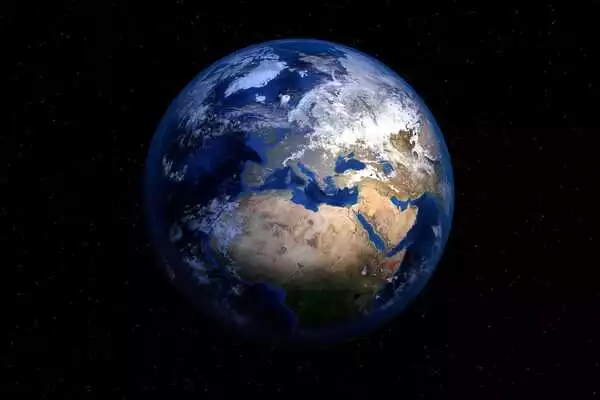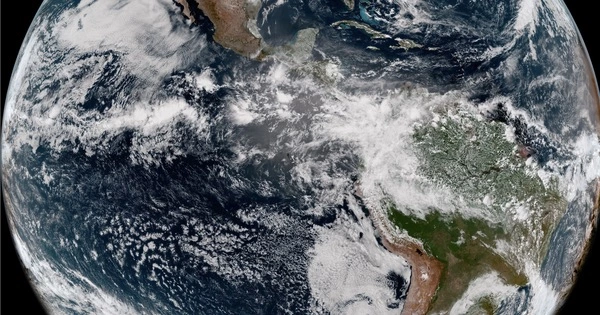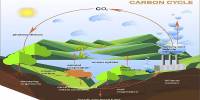Scientists have been doing amazing work in peering back billions of years to figure out what ancient Earth would have looked like, and a new study reveals that the earliest conditions on our planet were probably even more hostile than previously thought.
According to new computer simulations, the Earth may have been more inhospitable to life for longer periods of the last 2.4 billion years than scientists previously thought. Using a cutting-edge climate model, researchers now believe the level of ultraviolet (UV) radiation reaching the Earth’s surface may have been underestimated, with UV levels being up to ten times higher.
The sun emits UV radiation, which can damage and destroy biologically important molecules such as proteins. The last 2.4 billion years have been critical in the evolution of the biosphere. Oxygen levels in the atmosphere rose from near zero to significant levels, with concentrations fluctuating but eventually reaching modern-day levels around 400 million years ago. More complex multicellular organisms and animals began to colonize land around this time.
We know that UV radiation can have disastrous effects if life is exposed to too much. For example, it can cause skin cancer in humans. Some organisms have effective defence mechanisms, and many can repair some of the damage UV radiation causes.
Gregory Cooke
The findings, according to Gregory Cooke, a PhD researcher at the University of Leeds who led the study, raise new questions about the evolutionary impact of UV radiation, as many forms of life are known to be negatively affected by high doses of UV radiation.
He said: “We know that UV radiation can have disastrous effects if life is exposed to too much. For example, it can cause skin cancer in humans. Some organisms have effective defence mechanisms, and many can repair some of the damage UV radiation causes.
“Whilst elevated amounts of UV radiation would not prevent life’s emergence or evolution, it could have acted as a selection pressure, with organisms better able to cope with greater amounts of UV radiation receiving an advantage.”
The amount of UV radiation reaching the Earth is limited by the ozone in the atmosphere, described by the researchers as .” one of the most important molecules for life” because of its role in absorbing UV radiation as it passes into the Earth’s atmosphere.

Ozone is formed as a result of sunlight and chemical reactions, and its concentration is affected by the amount of oxygen in the atmosphere. For the past 40 years, scientists have believed that the ozone layer could protect life from harmful UV radiation when the level of oxygen in the atmosphere reached about 1% of its current level.
That assumption is challenged by the new modeling. It implies that the required level of oxygen was much higher, possibly 5% to 10% of current atmospheric levels. As a result, there were periods when UV radiation levels at the Earth’s surface were much higher, and this could have been the case for most of the Earth’s history.
Mr Cooke said: “If our modelling is indicative of atmospheric scenarios during Earth’s oxygenated history, then for over a billion years the Earth could have been bathed in UV radiation that was much more intense than previously believed.
“This could have had fascinating implications for the evolution of life. It is unknown when animals first appeared or what conditions they encountered in the oceans or on land. However, depending on oxygen concentrations, animals and plants may have endured far harsher conditions than we do today. We hope to investigate the full evolutionary impact of our findings in the future.”
The findings will also lead to new predictions for the atmospheres of exoplanets. Planets that orbit other stars are known as exoplanets. The presence of certain gases, such as oxygen and ozone, may indicate the possibility of extraterrestrial life, and the findings of this study will help scientists understand surface conditions on other worlds.
















